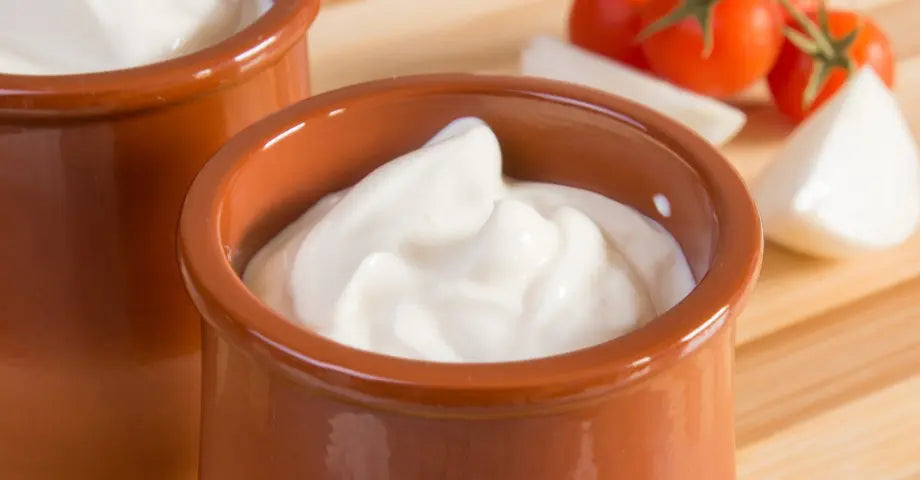
Q. My sour cream or crème fraîche separated into solid and liquid layers (curds and whey). What happened?
A. Separation is usually an indication of overculturing or culturing at too warm of a temperature. Adjust the culturing time and check the culturing temperature to make sure it is within the appropriate range.
Q. My culture seems to have set, but there's a little clear liquid (whey) floating on the top and the sides. Is this okay?
A. Some whey formation is normal when culturing. Drain the whey for a slightly thicker sour cream or crème fraîche or stir it in, which will give you a thinner consistency.
Q. My sour cream/crème fraîche looks lumpy and curdled. What did I do wrong?
A. Sometimes over culturing (too long or too warm) can cause it to curdle or become lumpy before it separates fully. To make a smooth consistency, simply whisk it. (Remove some of the whey if you like, or stir it back in.) Check the culturing temperature to make sure it is within range, according to the instructions.
A culture that is too old can also cause this problem.
Q. Why is my sour cream/crème fraîche thinner than store-bought yogurt?
A. Store-bought sour cream generally contains thickeners and other added ingredients to make a thicker product.
Q. Why is my raw sour cream/crème fraîche runny?
A. Heating denatures the proteins, which allows the cream to coagulate and thicken more. Raw cream has not been heated; therefore, the proteins remain intact and will not coagulate the same way and cannot create a thick consistency. Dry milk powder may be added, for a thicker consistency, if desired.
Q. Why is my sour cream/crème fraîche too sour or not sour enough?
A. Temperatures on the higher end of the temperature range and longer culture times will yield a more sour flavor. To achieve a less sour flavor, culture at the lower end of the range or for a shorter period of time.















